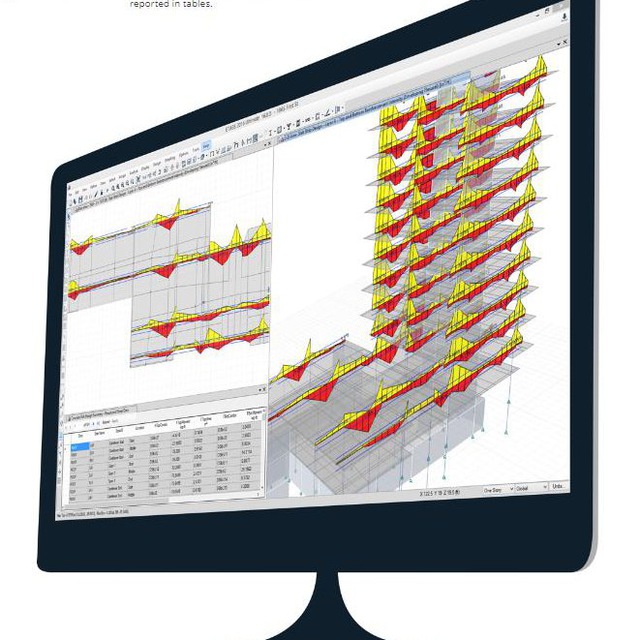Choosing the right places to place windbreakers:
This problem is only for the case that we have used the braced system in at least one of the two main directions. If the structure does not have braces, these points will not be applicable.
The following points can be mentioned in choosing suitable places for windbreaks:
1 ⃣ As much as possible, we should wind up in such a way that it is symmetrical and there is a small distance between the center of stiffness and the center of mass in the floors.
2⃣ Larger openings are preferable to smaller openings for placing the wind band. This problem is due to the control of the axial force transmitted to the columns connected to the wind brace and also the reduction of uplift in the plane of the column and foundation.
3⃣ In a particular frame, it is preferable to windproof in consecutive openings. This issue is preferable to windproofing in two non-adjacent openings in one frame. This problem reduces the size of the middle column between the two openings. Whereas, if two non-adjacent openings are sealed, we will have 4 columns connected to the curtain, and all 4 columns, along with the column plate and the foundation below them, will have a large size.
4. In order to make the design economical, it is better to use fewer openings for windproofing in the upper floors and gradually increase the number of openings in the lower floors. It is even better to move the windproof opening without moving the windproof screen and move it to the adjacent opening on the lower floor.
5⃣ The total number of ventilation openings should be obtained through a process of trial and error in such a way that the structure is economically optimized and of course it has a higher operational capability. However, it is recommended to have at least two symmetrical openings in each direction.
6. It should be noted that we are allowed to use only diagonal, cross, 7 and 8, K-shaped braces (only for structures up to two floors) as coaxial braces. Due to the strict rules of the 10th topic regarding the 7 and 8 wind belts, it is strongly recommended that these wind belts should not be used even if possible. The use of cross and diagonal wind braces (especially cross) are preferred. Windshields with a special shape, such as a Y-shaped windshield, are not acceptable for the tenth topic. If diagonal braces are used, it is better to use at least two diagonal braces in each frame on each floor, and choose the direction of their installation opposite to each other, so that some of them are under tension and others are under compression at the same time. For wind braces with a special plasticity limit, this issue is mandatory. In this case, this method of deployment should be such that in each frame, the share of the earthquake force that reaches that frame is at least 30% and at most 70% divided between tension and compression braces.
This post is written by AminNajafgholizadeh
